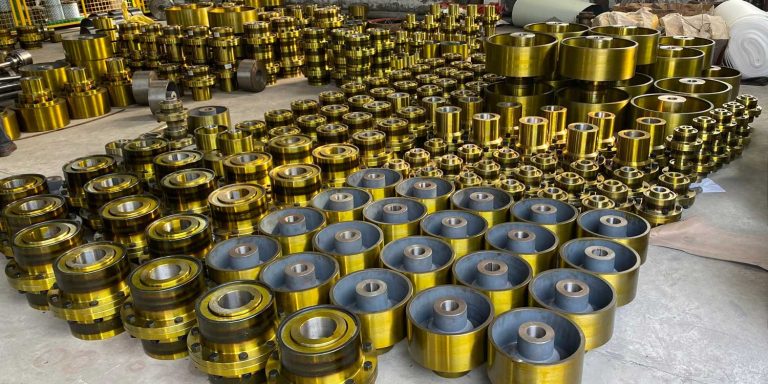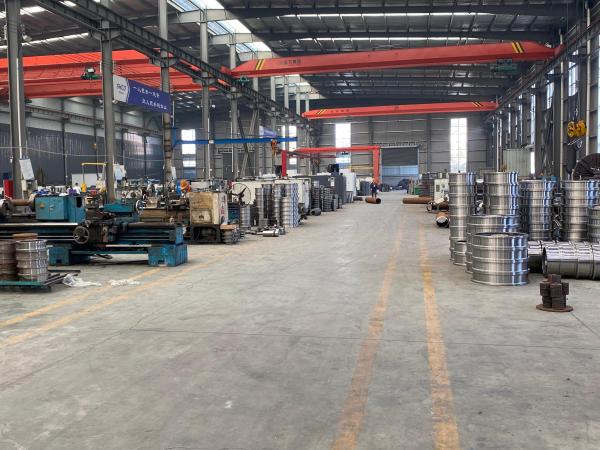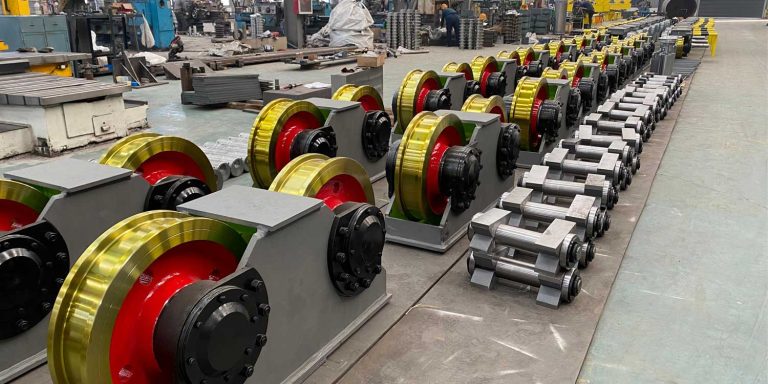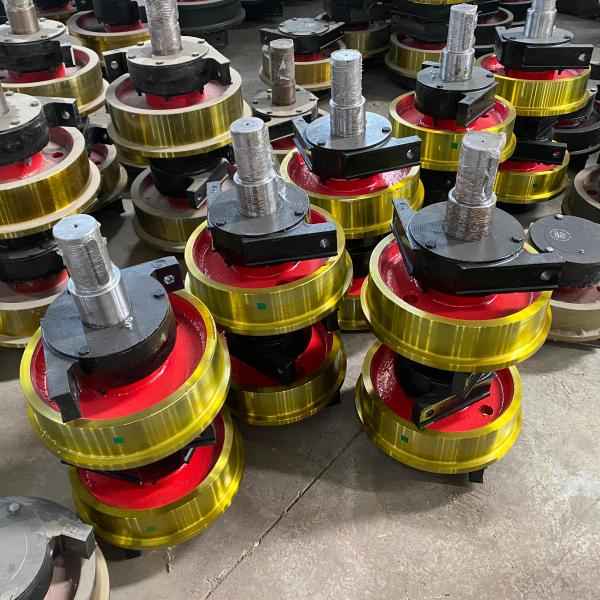The Application of the WZL Drum Coupling in the Crane Lifting Mechanism
The lifting mechanism of a crane is one of its core components, responsible for lifting loads from the ground to the desired height. During this process, cranes often handle very heavy loads and undergo frequent lifting and lowering operations, so the power transmission system in the lifting mechanism must be efficient, stable, and reliable. The WZL drum coupling, with its excellent vibration absorption, torque transmission, and misalignment compensation capabilities, is widely used in the crane lifting mechanism, ensuring the stable operation and long-term efficient performance of the equipment.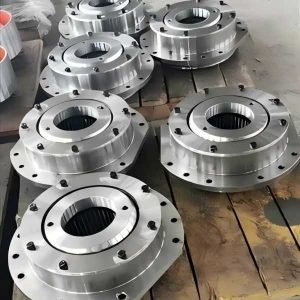
Working Principle of the Lifting Mechanism
The lifting mechanism typically consists of an electric motor, gearbox, winch, wire rope, and lifting hook. The electric motor provides the power, which is transmitted through the gearbox to the winch to lift or lower the load. During this process, the lifting mechanism bears significant dynamic loads, especially when lifting heavy objects. The initial start-up of the load often causes shocks and vibrations, which are particularly prominent. In addition, cranes frequently experience load changes, sudden stops, and starts, requiring the transmission system in the lifting mechanism to withstand substantial shocks and strain.
Key Roles of the WZL Drum Coupling
As a crucial component connecting the electric motor to other parts of the lifting mechanism, the WZL drum couplings plays an essential role. Its applications in the lifting mechanism are highlighted in several key areas:
-
High Torque Transmission Capability
During lifting, especially when raising heavy loads, the system must endure extremely high torque. The WZL drum coupling, with its elastomeric design, can smoothly transmit the high torque generated by the lifting motor, ensuring the winch can reliably lift the load. Its strong torque transmission capability ensures stable operation even in cases where the load is particularly heavy or when there are sudden changes in load during lifting. -
Absorption of Shocks and Vibrations
During the lifting process, particularly at the start of the lift or when stopping, significant shock loads and vibrations are often generated. These sudden forces can potentially damage the mechanical system, increasing the risk of failure. The WZL drum coupling effectively absorbs these shocks and vibrations through its elastomeric elements, reducing negative impacts on the other parts of the lifting system, thus protecting the electric motor, gearbox, and winch from damage and extending their service life. -
Misalignment Compensation
The electric motor and winch in the lifting mechanism may experience some misalignment, especially during installation or due to wear over time. The WZL drum coupling efficiently compensates for angular, radial, and axial misalignments, maintaining the stability of power transmission and preventing failure or excessive wear due to misalignment issues. -
Lower Maintenance Costs
The design of the WZL drum coupling reduces common wear problems seen in traditional metal couplings, thus lowering the frequency of maintenance and repair costs. Furthermore, its high durability allows the lifting mechanism to operate for extended periods with fewer maintenance requirements, reducing downtime and the workload of maintenance personnel. -
Strong Fatigue Resistance
During long periods of operation, especially under high-frequency operations, the lifting mechanism components are exposed to repetitive loads that can lead to fatigue damage. The elastomeric design of the WZL drum couplings effectively distributes these repetitive loads and offers strong fatigue resistance, ensuring continued efficient performance over time and reducing the likelihood of failures due to equipment aging or fatigue.
Practical Applications of the WZL Drum Coupling
-
Connecting the Electric Motor and Winch
In the crane’s lifting mechanism, the electric motor is connected to the winch via the WZL drum couplings. The electric motor provides the power, which is smoothly transmitted through the coupling to the winch, driving the wire rope to lift the load. At this point, the coupling must handle not only high torque but also sudden shocks and load variations caused by sudden starts and stops. The WZL drum coupling absorbs these shocks and ensures smooth power transmission. -
Connecting the Gearbox and Winch
The gearbox’s role is to convert the high-speed rotation of the motor into the low-speed, high-torque output needed for the winch. In this process, the WZL drum coupling connects the gearbox to the winch, enabling stable torque transmission. The coupling compensates for axial and angular misalignments, ensuring stable operation even when subjected to high or fluctuating loads. -
Safety and Precision in the Lifting Mechanism
The lifting mechanism requires high precision, especially when lifting heavy or delicate loads. The WZL drum coupling, with its excellent vibration absorption and precise torque transmission, helps reduce the negative effects of vibrations and shocks. This, in turn, improves the operational safety and efficiency of the lifting system, ensuring the crane works accurately and securely during each lifting operation.
Conclusion
The WZL drum coupling plays an essential role in the crane lifting mechanism by leveraging its high torque transmission, vibration and shock absorption, and misalignment compensation features. By ensuring smooth power transmission, absorbing shock loads, and compensating for mechanical misalignments, the WZL drum coupling improves the operational efficiency and safety of the lifting mechanism, reduces maintenance costs, and extends the equipment’s service life. Its application not only enhances crane performance but also guarantees stability and reliability during heavy-load and high-frequency operations. As a result, it has become an indispensable key component in modern crane lifting systems.



